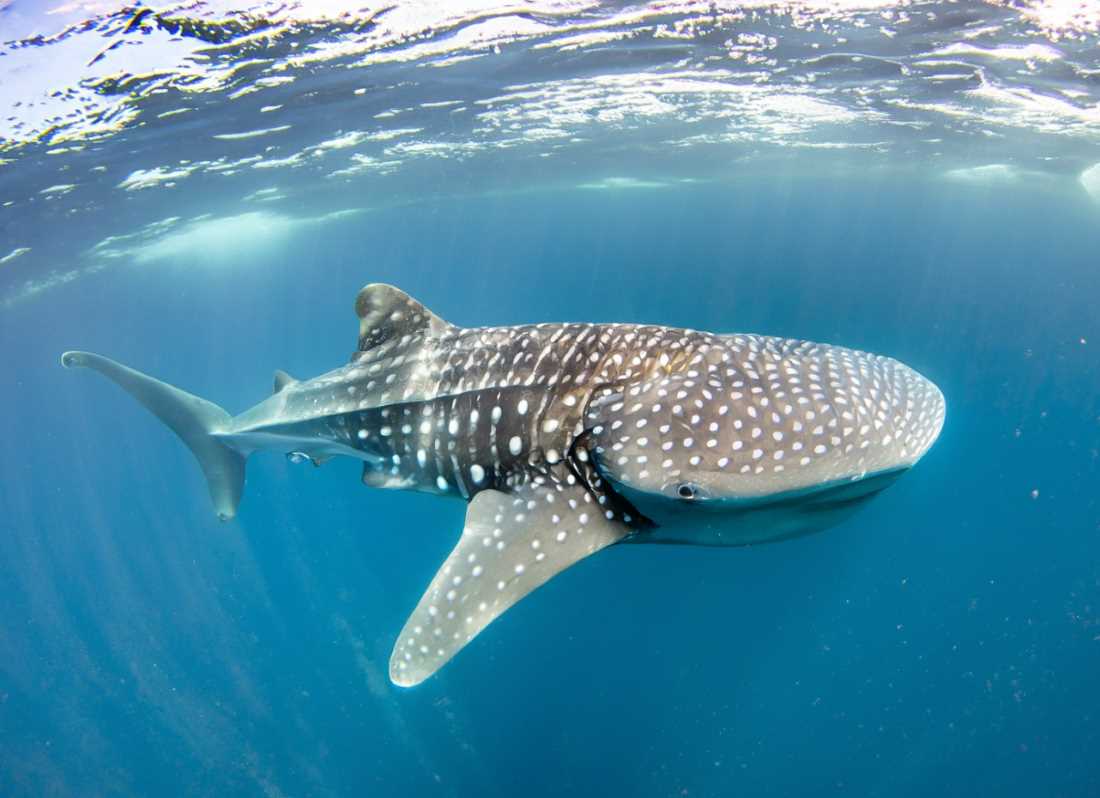The Rollercoaster of Fish Diversity in Bahía de Los Ángeles
In the awe-inspiring Bahía de Los Ángeles, a stunning bay in the Gulf of California, marine biodiversity reaches an astonishing crescendo. It's a scientific treasure trove, where primitive jawless myxinids coexist with 43 species of sharks and 21 species of rays.

The Bahía de Los Ángeles, a stunning bay located in the Gulf of California, is a natural marvel not only for its scenic beauty but also for its incredible fish diversity. But how unique is this watery treasure trove, and what does its fish population reveal about marine ecosystems, conservation, and even global climate patterns? Let's delve deeper into this fascinating aquatic realm.
In the broader region of the Gulf of California, a whopping 911 fish taxa have been recorded. This includes an array of exotic species, from jawless myxinids—primitive creatures that look like something straight out of prehistoric times—to 87 species of cartilaginous fishes such as sharks, rays, and chimaeras.




